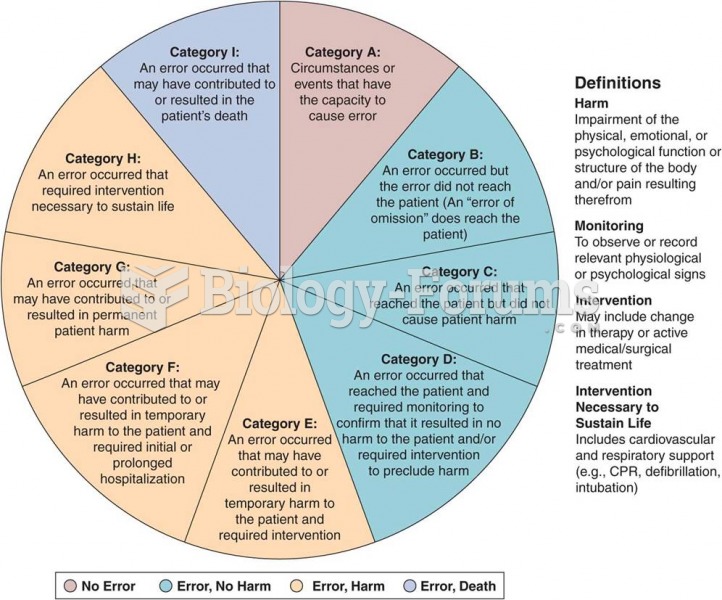Answer to Question 1
Answer: In the presence of either heteroskedasticity and/or autocorrelation in the errors, OLS estimation of the regression coefficients is still consistent. However, the homoskedasticity-only or heteroskedasticity-robust standard errors are inconsistent and use of these in the presence of serial correlation results in misleading statistical inference. For example, confidence intervals do not contain the true value in the postulated number of times in repeated samples. The solution is to adjust the estimator for the standard errors by incorporating sample autocorrelation estimates. This results in the heteroskedasticity- and autocorrelation-consistent (HAC) estimator of the variance of the estimator. For this estimator to be consistent, a certain truncation parameter is introduced, so that not all T-1 sample autocorrelations are used. Incorporating this idea into the HAC formula results in the Newey-West variance estimator.
Autocorrelation in the errors is likely if there are omitted variables which are slowly changing over time. Since the omitted variables are implicitly contained in the error term, this would result in autocorrelation of the error term. For generalized least squares to have desirable properties, the regressors have to be strictly (past, present, and future) exogenous, rather than just (past and present) exogenous. There are very few truly exogenous variables in economics. Furthermore, most of the relationships between economic time series contain simultaneous causality. As the example in the textbook on orange juice prices and cold weather showed, it is even more difficult to find strictly exogenous variables.
Answer to Question 2
Answer: One of the first questions student must address is whether or not the X variable here is exogenous. In studies of the labor market, e.g. microeconomics, students learned that it is real wages that determine employment, not nominal wages. Some authors have used relative wages as an explanatory variable, where the denominator is average hourly earnings. Setting aside whether or not minimum wages are exogenous, the students should then focus on whether the price index used to adjust nominal minimum wages or average hourly earnings are exogenous. However, most students will focus only on the numerator (nominal minimum wages) and will argue that minimum wages are typically set by the legislature following some political process and may therefore be considered exogenous. Some will go further and argue that the process of setting minimum wages will depend on the state of the business cycle. For example, recent increases in minimum wages (2007, 2008, 2009) would most likely not have occurred if legislators would have anticipated teenage unemployment rates of over 25 for teenagers. If that is the case, then minimum wage legislation depends on the state of the business cycle and hence teenage employment. As a result, minimum wages should not be considered exogenous.







